United States is generating 292 million tons of waste annually, so in order to properly manage the waste that is being generated the collection of the waste remains one of the most important steps in the management of waste. Treatment and disposal of waste depends heavily on the type of waste we are dealing with at that time.
Waste includes solid waste, wastewater and hazardous waste. Every type of waste has its proper method of collection. So, in order to reclaim the water that has been polluted and is being generated from a residential area, there is a need of a properly laid out sewerage system.

Similarly, for solid waste such as plastic waste that can be recycled we need to first collect all the waste from the different specified points and then segregate the waste to properly recycle the waste.
Wastewater is generated, both, from commercial sources and residential sources. Commercial sources such as, high functioning industries and textiles industries that are the major contributors to the wastewater streams. So, in accordance to that there are rules specified by the government for the disposal of wastewater. There are certain limits of different variables that are taken into consideration for the safety of environment where it is disposed.
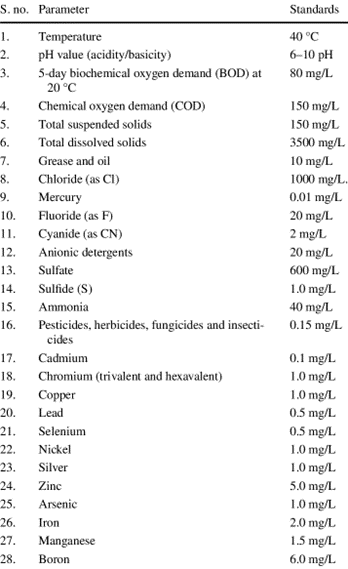
For example, most industries use the water to cool down their heated engines and when this super-heated water reaches water bodies from the industries it becomes a reason for the death of many aquatic life. Textile industry on the other hand, releases water with harmful constituents that result in highly polluted water. This is where these standards of waste disposal come into play. In residential sector, the wastewater is generated from the houses, offices and other institutions. This waste is relatively less polluted than the commercially generated wastewater.
Both type of the wastewater is collected by the laid-out pipes from the outlet of the industry or residential area linking up to a certain point where they are further carried and treated or disposed. This system of collection of wastewaters is called the sewerage system. It is the government’s responsibility to properly lay out the sewers where the wastewater can follow its path to the point of interest. There are a lot of factors considered in order to manage the proper flow of wastewater till the collection point. The elevation gradient allows the water to not stop in its path and move under the force of gravity. There are manholes developed at different points so that the sewer’s maintenance can be done in the right manner.
The Solid waste, on the other hand, has a more tedious way of collection. The solid waste is required to be collected manually. The conventional approach for the collection of solid waste is throw the waste in a big common garbage can from where the garbage trucks carry the waste to the facilities.
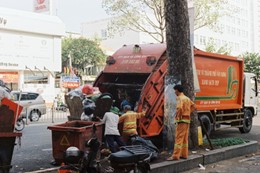
The waste collection container varies and it depends upon on the intensity of waste generation and the type of waste. Small plastic containers are used within the United States for the collection of waste from a small colony. However, depending upon on the size a big metal trash-can can be placed for the waste collection. Large containers can also be seen at various large production sites throughout the United States. The small containers are further placed as recyclable, compostable, and non-recyclable which can be seen in more urban areas of the United States.

On the availability of the service, one of the following systems of waste collection is selected,
1. Communal System
2. Block Collection
3. Kerbside/Alley
4. Door to door
1. Communal System
The communal system focuses on the minimization of labor and expenses as one major container is placed within a public place to which all the people proceed to throw off their waste. This is also considered to be less effective as public cooperation is required for the fulfillment of proper waste collection. Since it is been an observable trend of waste being spilled in such cases so this is the least preferable approach in most states of the United States. However, in areas with fewer crowds, this can be effective with the right guidance.
2. Block Collection
This encourages the common people to be responsible for waste generation and bring the waste to the vehicles at a specified time and place. This has a slightly higher labor cost but reduces the risk of the waste being spilled.
3. Curbside/Alley
This is a more common approach throughout the United States. The waste generator is required to place their garbage bag or waste bin on the curb at the specified time of the day. The waste collectors roam around the area and empty the bins. A well-organized system can make sure that all of the generated waste is properly collected.
4. Door-to-door collection
This is also a common approach in some areas of the United States. This requires a crew of waste collectors who knock on every door and collect the waste bags as they go throughout the area allocated to them. This requires a higher maintenance and management cost but the overall efficiency is higher than any other method. Waste is also collected from flats and apartments, they have piped system where the resident has to drop the garbage bag from the specified spot and it is directed to drop in the trash can.
Vacuum Waste collection is considered to be the next big thing in the collection of solid waste. Vacuum Waste Systems Market size reached up to 720 million USD in 2018 and it is expected to have a compound annual growth rate of 7.8% till 2026. The Vacuum Waste collection is highly effective and it aligns with United Nations Sustainable Development Goals (SDGs). It has a growing market especially in the middle east with a tremendous market growth rate. The only obstacle in the success of this system is its hefty installation cost and its maintenance cost. Keeping them aside, it is an approach that will soon change the waste collection landscape.
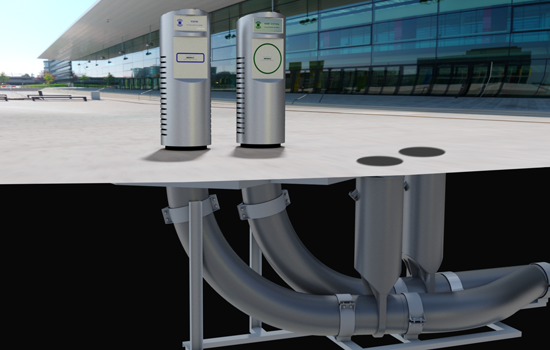
-
Empowering Communities: Waste-to-Energy and Sustainable Development
For a long time, there has been a sense of panic among people on how to deal with solid waste. After years to study and continuous research the idea of recycling potential waste was considered to be further carried out.
-
Waste Collection – United States
United States is generating 292 million tons of waste annually, so in order to properly manage the waste that is being generated the collection of the waste remains one of the most important steps in the management of waste. Treatment and disposal of waste depends heavily on the type of waste we are dealing with…
-
Waste Management Industry growth in next 5 years
Waste is produced throughout the globe in tons on daily basis and if this waste keeps piling up, it can pose major sanitation issues for everyone. So, there is a dire need for the proper management and the potential utilization of the the generated waste.

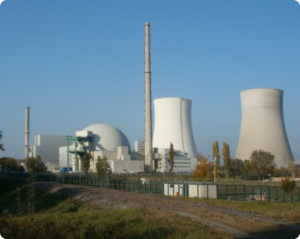
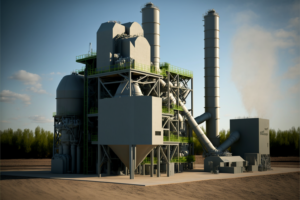
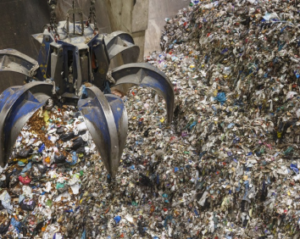

Recent Comments